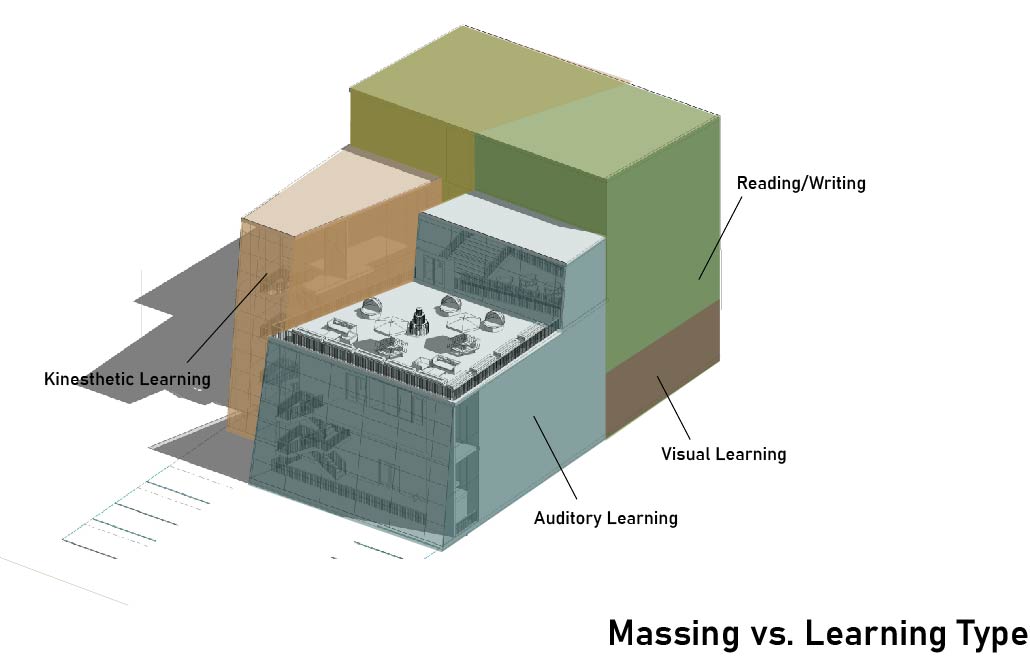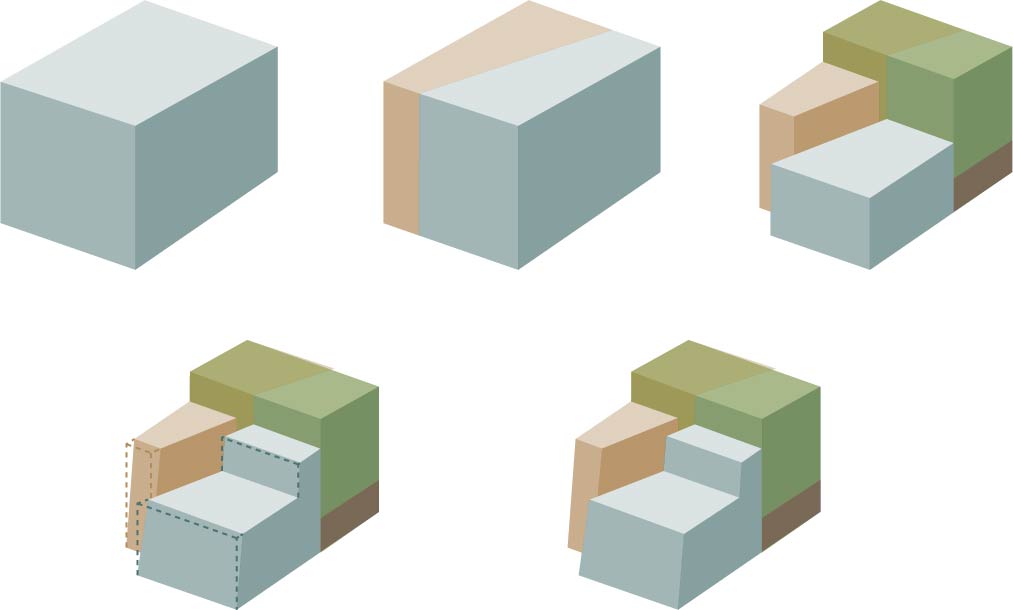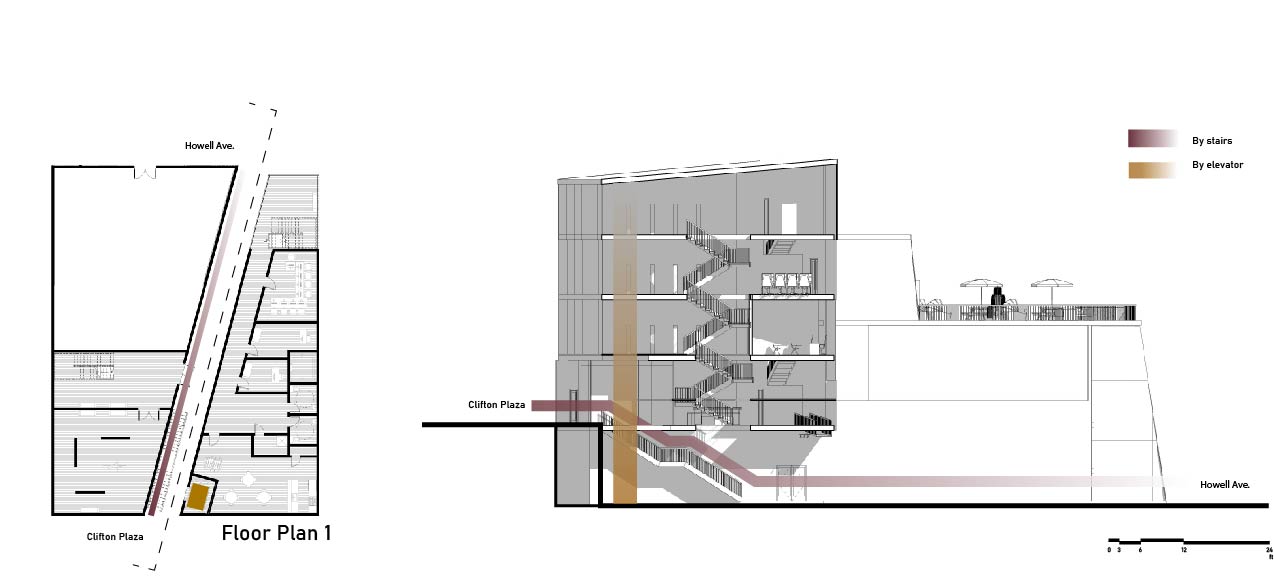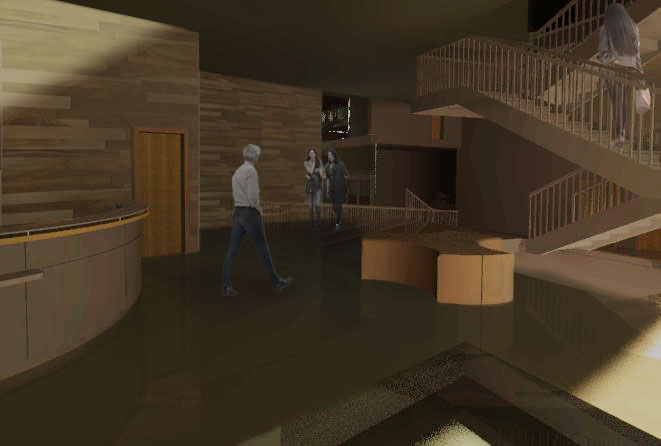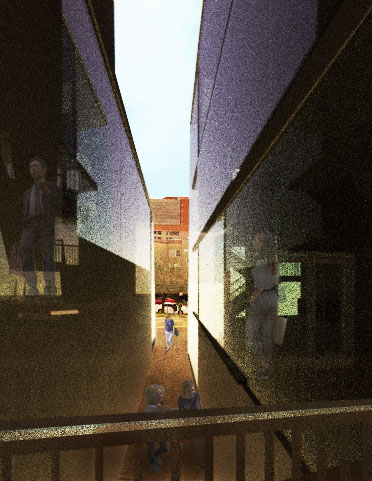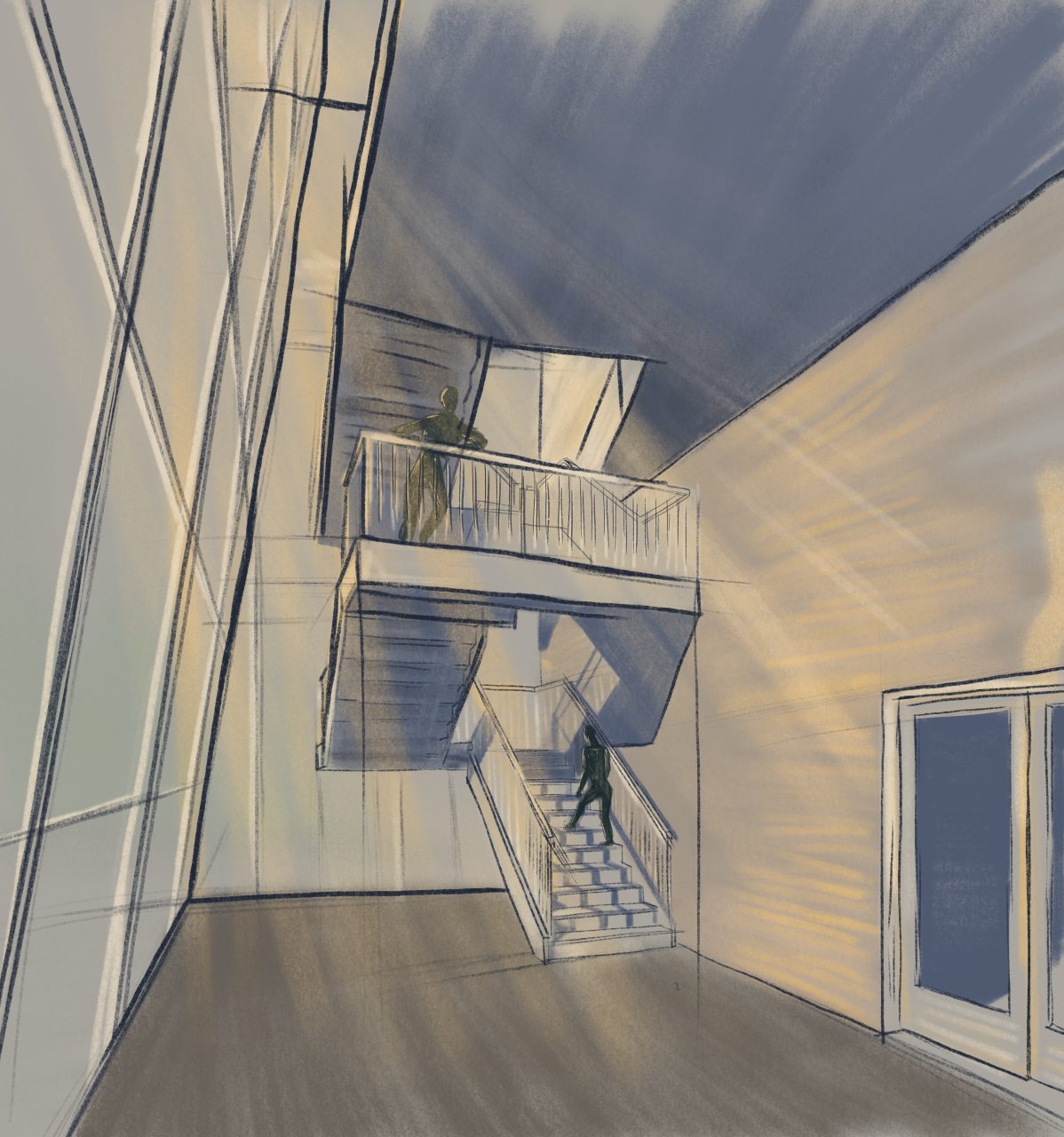
The goal of any library is to accommodate learning; however, not all learners are the same. The conventional library has a surplus of materials for reading and writing, along with a setting that aids both activities. While this is beneficial to many learners, it fails to recognize those whose brains retain information in different ways– what about those who learn through doing, or those who’d benefit from hearing spoken word? Today, four kinds of learners are commonly recognized: auditory, reading/writing, kinesthetic, and visual learners.
A contemporary library should not only address each learning type, but organize itself in a way that visitors can choose a learning environment for themselves.
Some facilities have grown to include spaces like classrooms and practice rooms, which is a step in the right direction– however, the average library still fails to offer services for visual learners (who, according to Forbes Magazine, make up a stunning 65% of people). Not only does my design cater to the atmospheric requirements of each learning type, but it is one of very few to recognize visual learners– along with the qualities that facilitate right-brained learning.
Floor Plans
Elevations/Sections
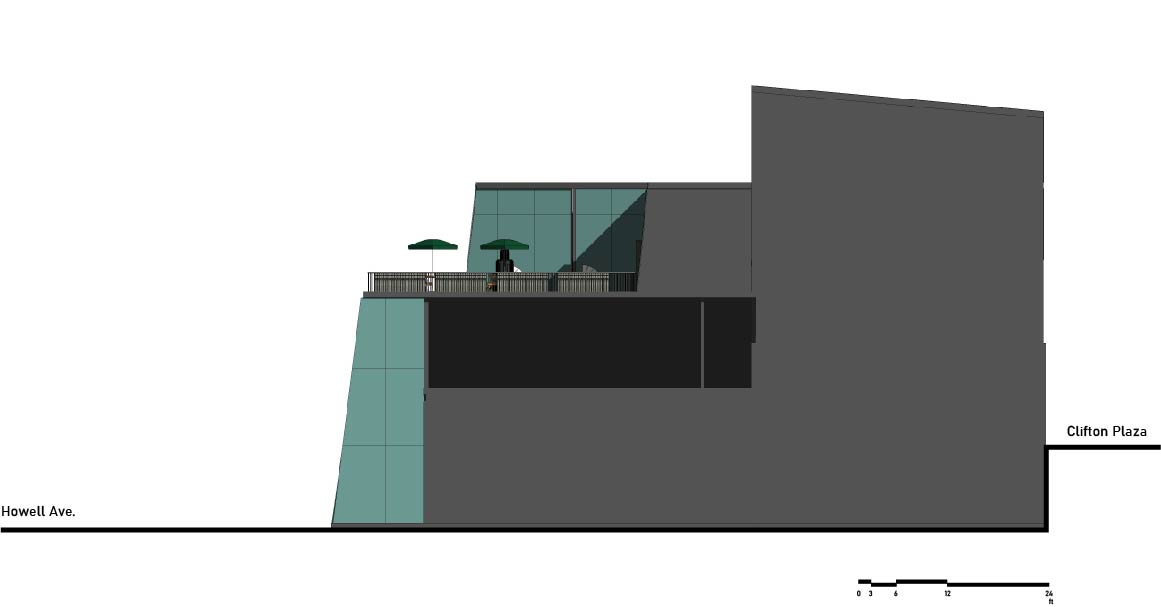
East Elevation 
North Elevation- Plaza View 
South Elevation- Howell View 
West Elevation 
N-S Section 
E-W Section








